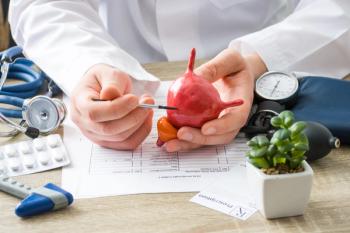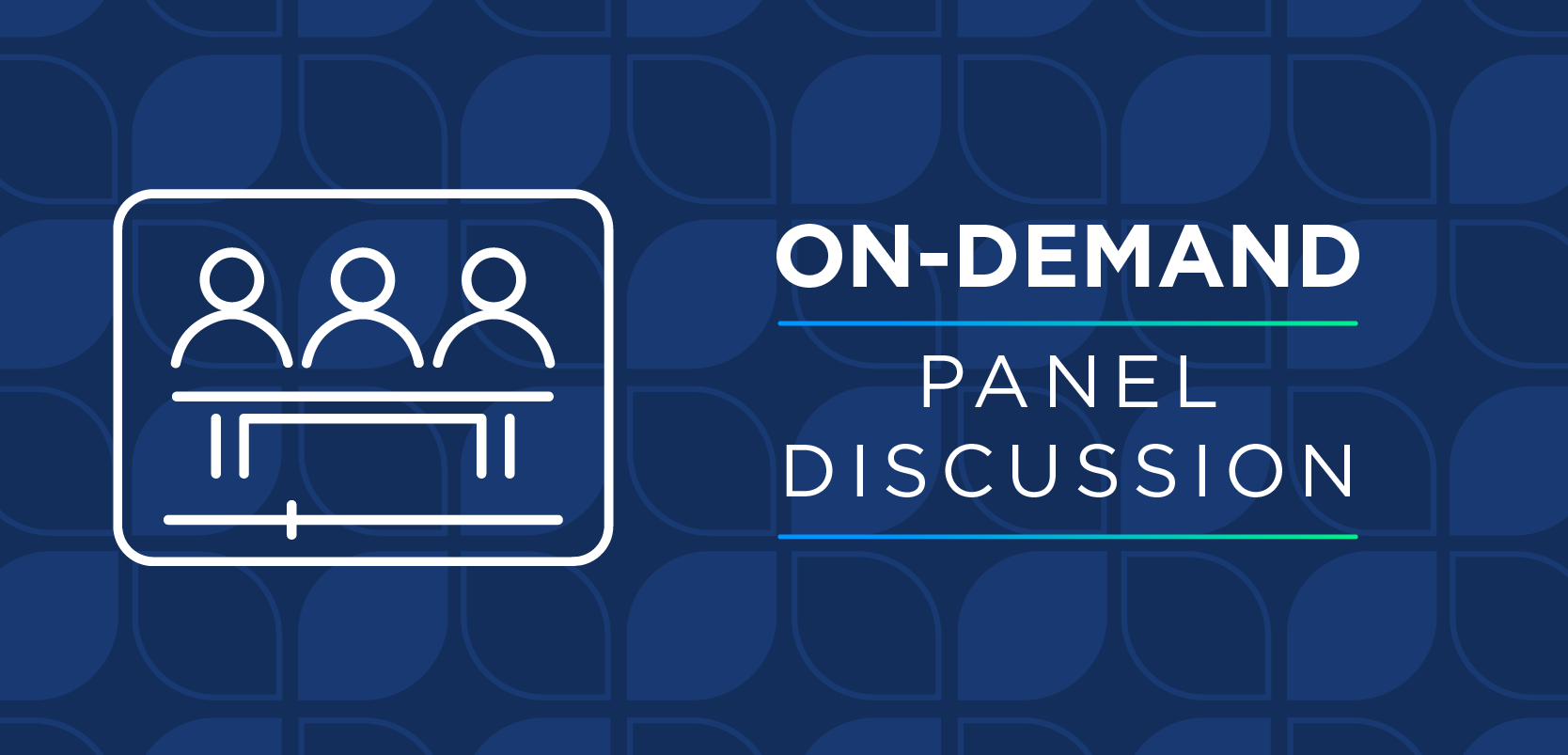
- Generic Supplement 2017 0
The Generics Marketplace
Generic drug products are an essential component to our health care system.
When most pharmacists think of
Due to advances in drug development and to externalities from health reform and globalization, the generics marketplace continues to increasingly blur industry segment lines. Similar to payers buying provider groups, hospital systems gobbling up primary care practices, health systems becoming payers, and pharmacy benefit managers merging with pharmacy chains, generics manufacturers are experiencing the effects of market externalities and opportunities beyond their industry. This has accelerated horizontal and vertical acquisitions, integrations, and partnerships.
In addition, for brand manufacturers, wholesalers, retail pharmacies, and health systems, it is becoming increasingly important to have a position and strategic plan in place to navigate the generics marketplace. Generics currently dominate the small-molecule landscape and are getting closer to establishing a strong foothold in the
What has traditionally been a commodity-like marketplace has evolved into myriad authorized generics, biosimilars, contract operations, “branding” generic lines, combined brand and generic manufacturing enterprises, and increasing opportunities to create niche originator product lines. Add to these counter-commodity plays the occasional opportunity to increase margins, situationally, based on shortages and other market disruptions and the generics segment becomes more volatile; riskier and counter-commodity bets across fewer product lines become increasingly necessary to cover smaller and smaller margins across the conventional product lines that make up the bulk of the market. As such, very few opportunities to create differentiation or product pricing protection are being left on the table.
Some conventions still remain, such as a backlog of applications for generic approvals through the FDA and omnipresent pressures to decrease the cost of production. The imperative to drive down costs to produce conventional generic product lines has become extreme for products without differentiation or price protection, as rapidly increasing purchasing power is being exerted as a result of macro consolidation in retail pharmacy, hospital (now health-system) pharmacy, and
The take-home message? The generics marketplace is experiencing market pressures and behaviors similar to those in other health care sectors in this era of health reform and payment-model experimentation. Nobody is insulated from disruptions in neighboring sectors. The health care system is highly interdependent and becoming increasingly more so, due to rapid consolidation and acquisition. New products, partnerships, and policies—even when more relevant to, or directed toward, another health care sector—will likely affect your market segment.
Troy Trygstad, PharmD, PhD, MBA, is vice president of Pharmacy Programs for Community Care of North Carolina, which works collaboratively with more than 1800 medical practices to serve more than 1.6 million Medicaid, Medicare, commercially insured, and uninsured patients. He received his PharmD and MBA degrees from Drake University and a PhD in pharmaceutical outcomes and policy from the University of North Carolina. He also serves on the board of directors for the American Pharmacists Association Foundation and the Pharmacy Quality Alliance.
Articles in this issue
over 8 years ago
Impax Genericsover 8 years ago
Accord Healthcareover 8 years ago
Lupin Pharmaceuticalsover 8 years ago
Dr. Reddy'sover 8 years ago
Alembic Pharmaceuticalsover 8 years ago
Zydus Pharmaceuticals USA, Inc.over 8 years ago
Aurobindo Pharma USAover 8 years ago
Upsher-Smith Laboratories, LLCover 8 years ago
Amring Pharmaceuticals Inc.over 8 years ago
Amneal PharmaceuticalsNewsletter
Stay informed on drug updates, treatment guidelines, and pharmacy practice trends—subscribe to Pharmacy Times for weekly clinical insights.







































































































































































































